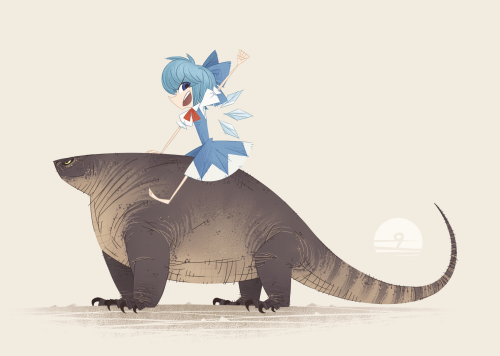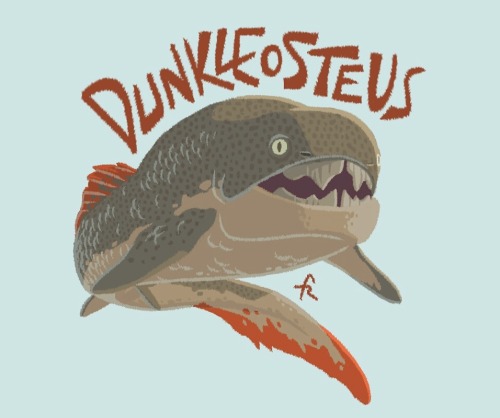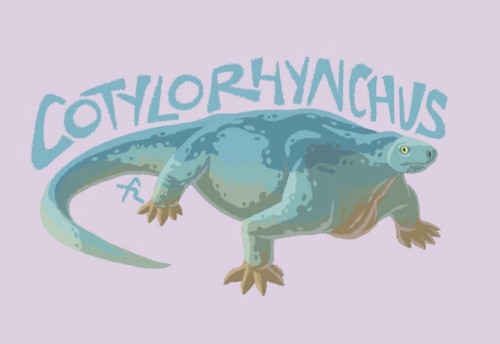#cotylorhynchus
Fourth round of my ‘Dinovember with no dinosaurs!’ More of my stuff in FB: https://m.facebook.com/Franxurio/ and Instagram: https://instagram.com/franxurio
Post link
Cotylorhynchus – Early Permian (279-272 Ma)
Before the Mesozoic Era, millions of years before dinosaurs even thought about showing up, was a 50 million year-long period called the Permian. You probably know that already. The Permian was the first real boom in vertebrate diversity on land. Terrestrial vertebrates had come a long way during the Carboniferous, and made several important adaptations that helped them conquer the earth during the following period. Among them was the evolution of waterproof, hard shelled, or, “amniote,’ eggs. The ability to reproduce on land let vertebrates spread all over the continent of Pangea. This is especially helpful, because the Permian was drier than the Carboniferous.
Despite popular belief, the Permian wasn’t an age of reptiles. There were big reptiles, for sure, but they weren’t the majority. The majority was the other branch of amniotes, the synapsids. They were in charge, and had free rein to turn into all sorts of weird shapes. That’s how something like Cotylorhynchushappens.
This was the biggest guy around in the early Permian, which wasn’t as big as you might think. Think a cow that’s closer to the ground, and you have Cotylorhynchus. Oh, and shrink its head a bunch, too. Do you want to know why its head was so tiny? So do I.
Yeah, its head was just kind of like that. Its body was massive for a reason, though. Well, a few reasons. Like I mentioned a minute ago, Cotylorhynchus was a built motherfucker. It was significantly bigger than anything around it, even Dimetrodon, which was only about half its size without the sail. Cow-sized was enough to be absolutely massive back then, and its sheer bulk kept it safe. It also housed a powerful digestive system to break down plant matter. It was one of nature’s first examples of the walking glacier archetype, and it even reminds me of the Pokémon Avalugg, which is a literal walking glacier. And would you believe that the best way to beat both is to not even bother challenging their defense? Just set them on fire and they’ll both go down.
But really, Cotylorhynchus was essentially indestructible in the eyes of your average early Permian predator. It’s also worth mentioning that it had a cousin called Casea, which basically looked the same but was the size of an iguana. This begs the question, which came first, the big one, or the small one? Were they all tiny with tiny heads, or did they just shrink down to that size after a while? CotylorhynchusandCasea lived at the same time, so it’s hard to say. We do know that there were members of their family who had reasonably-sized heads, on top of that.
Some other features worth mentioning: It had really broad shoulders and dexterous hands. It probably dug up roots and such as part of its diet. The shape of its skull implies it was really good at smelling, which is a good thing to be when you’re hungry all the time and constantly looking for food to nourish your colossal body. It also had long fingers and broad, paddle-like hands. Yes, I’m going there. From what we can tell about its range of motion and everything listed above, it was probably semi-aquatic. Yeah, it’s not really streamlined in any way whatsoever, but did it need to be? Manatees can get away with it. Cotylorhynchus probably swam more like a turtle, by drifting and propelling itself with its limbs. It wasn’t much more graceful underwater than it was on land, but it really didn’t have to be, if you ask me.
Post link








